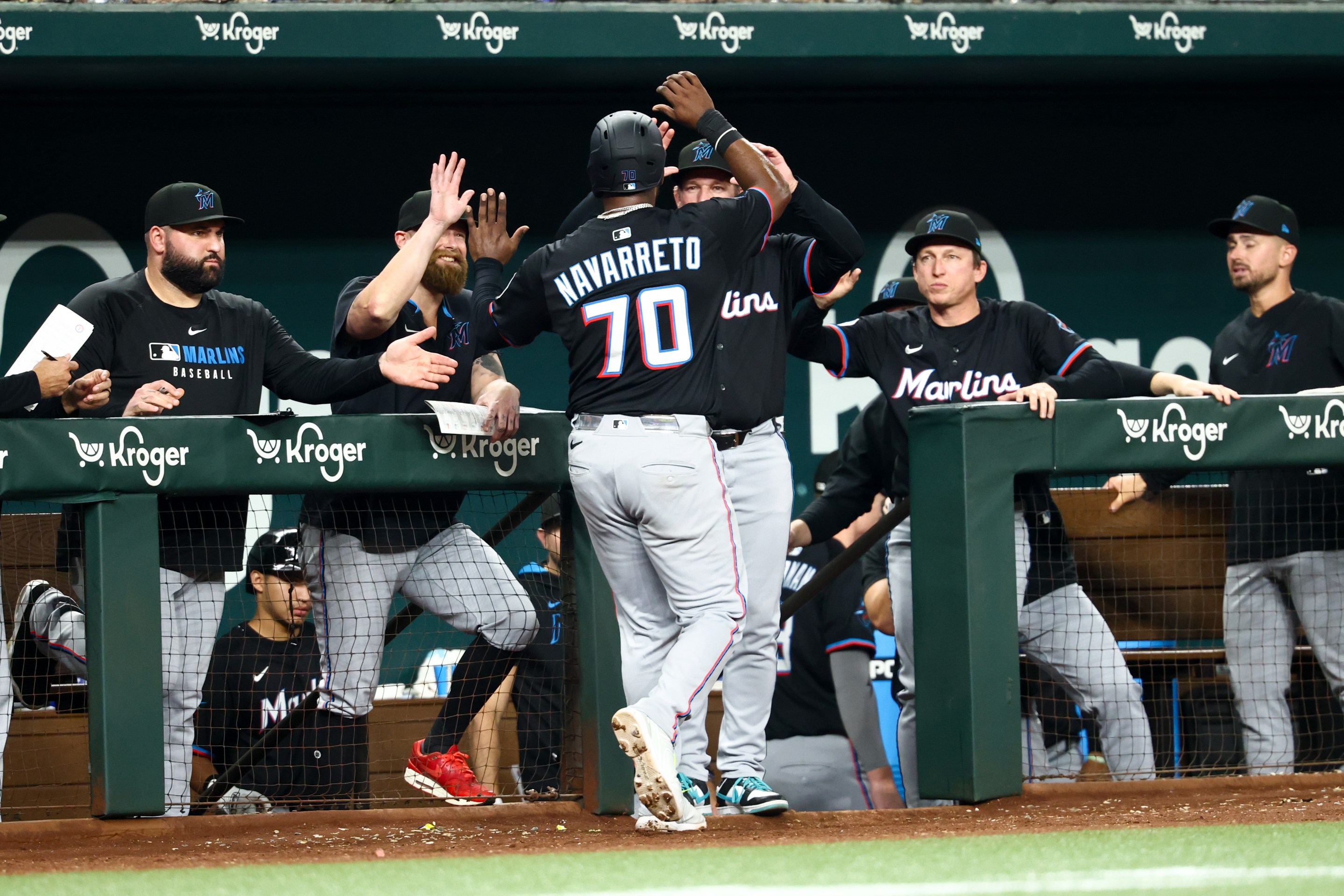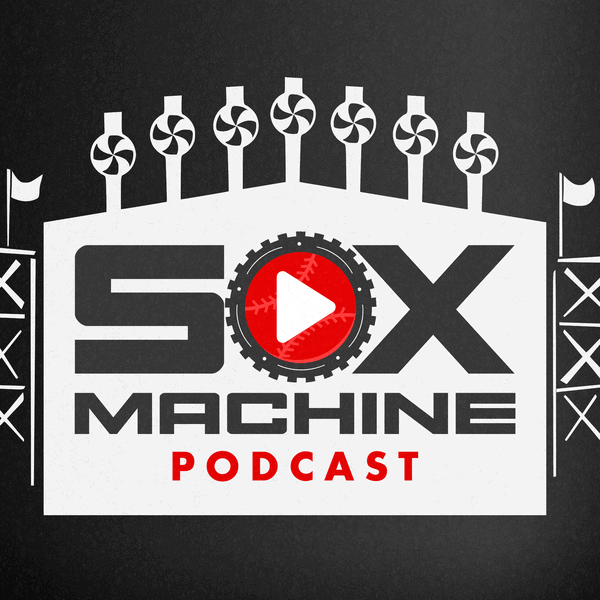It's a little bit counterintuitive that it takes the threat of a lockdown to finally inspire some strong November action, but Major League Baseball finally has a quick-fire hot stove on its hands. A day after the Detroit Tigers made the winter's first major free-agent signing with Eduardo Rodriguez, another big name came off the board when the Angels signed Noah Syndergaard for one year and $21 million.
But before we get to that, the Toronto Blue Jays made their own financial commitment to a pitcher, albeit one who was already in their organization. After trading two of their top prospects to Minnesota for José Berríos at the deadline in July, the Jays reportedly reached an agreement with Berríos for a seven-year, $131 million contract extension. The deal brings some stability to a Toronto rotation that might lose both Robbie Ray and Steven Matz to free agency.
Beyond being the news of the day, the Berríos extension and Syndergaard contract have implications for what the White Sox have done and might do, because the moves supply us with fresh financial figures for players in those neighborhoods.
José Berrios vs. Lucas Giolito
Berríos was set to earn an estimated $10.9 million in his final year of arbitration, so if you count that as the first year of his deal, the new portion of his contract is six years and $120 million. More details will shake out once the extension becomes official. For now, all that's been said is that he can opt out of his deal after five seasons.
This is a good starting point for any discussions about extending Lucas Giolito, who has two arb years remaining. While Giolito has a couple of Cy Young finishes in his past, Berríos has the advantage in workload over the past three years.
| 2019-21 | G | IP | HR | BB% | K% | ERA | bWAR | fWAR |
|---|---|---|---|---|---|---|---|---|
| Berríos | 76 | 455.1 | 56 | 6.4 | 24.7 | 3.66 | 7.1 | 9.6 |
| Giolito | 72 | 427.2 | 59 | 8.0 | 30.7 | 3.47 | 11.0 | 11.2 |
Berríos tilts the advantage if you go back one year further, because that incorporates another sturdy season from Berríos while roping in Giolito's season as the Worst Pitcher in Baseball, Presented By Guaranteed Rate, but I'm guessing that version of Giolito no longer factors into fresh contract discussions, except for its minimal impact on his remaining arbitration projections.
The only knock on Giolito is that he hasn't yet topped 180 innings in a season, whereas Berríos has thrown at least 190 in each of the last three 162-game schedules. Since Giolito has averaged 30 starts a season over those same three years, he can't be really be slagged for unavailability. This is one part of baseball that isn't zero-sum; a point for Berríos is not necessarily a point against Giolito.
So if you're going to draw up a contract extension for Giolito at this time, you can probably count on the first two years taking about $20 million, because that's a nice round number reasonably approximating arbitration projections. The same total outlay to Berríos goes a little further in Giolito's case, because that post-arb commitment would be five years and $111 million (AAV of $22.2 million), but Giolito can probably nudge that price tag higher if the other signing on Tuesday shows where the pitching market is headed.
Noah Syndergaard vs. Carlos Rodón
Syndergaard became the clubhouse leader for the most surprising contract of the winter, and he stands a non-zero chance at holding the edge for the remainder of the winter. It's mildly surprising that he was able to command $21 million on a one-year deal despite the Mets issuing the qualifying offer. The shock is more that the Los Angeles Angels, of all teams, took the risk.
Syndergaard has thrown just two innings over the last two years, missing 2020 due to Tommy John surgery, followed by setbacks that limited him to just a pair of one-inning appearances at the end of this season. The Mets decided to extend him the $18.4 million qualifying offer because he's not a bad bet for a pitching-starved team with deep pockets.
The Angels meet that billing, but their brand of pitching-starved is closer to pitching-cursed. Shohei Ohtani was just the second pitcher to throw 130 innings for them since the end of the 2017 season, and he topped that threshold by one whole out. None of their other starters even reached 100 innings last year, and now here comes a guy who has averaged one (1) inning over the past two seasons.
Syndergaard's situation would make him a great upside play for a team that only needs depth with upside, rather than front-line help. A two-year deal would help keep everybody's eyes on the prize. With the way the Angels are currently constructed, however, Keith Law says the player and team could be operating at cross purposes:
But beyond the question of giving a one-year deal to a player whose best years are probably more than 12 months away, this contract creates as extreme a case of misaligned incentives as you can possibly find. The Angels have Syndergaard’s services for one year, a year during which, once again, they will try to get to the playoffs with two of the best players in baseball. There is immense pressure on this team to win, and doing so will likely require that the Angels squeeze every drop of value they can from Syndergaard and any other pitcher on their staff capable of producing even league-average results.
Syndergaard, however, does not have the same incentives: He wants to pitch well enough to get a multiyear contract next winter, but he also needs to maximize his odds of staying healthy through the end of the season. Doing that will require moderating his workload, particularly at a time in the calendar when the team will need him most if it is contending. That assumes he doesn’t have any setbacks that lead to skipped starts or injured-list stints earlier in the year, which would be unsurprising for a pitcher in his first year back from Tommy John surgery. But if he’s able to take the ball every fifth or sixth day for the first four months, he and his camp will have to weigh the benefits of continuing to pitch as a starter on schedule against the risk of fatigue, injury or just reduced stuff down the stretch, which might drop his perceived value to clubs next winter.
There's a chance that Syndergaard could benefit from the same six-man rotation that accommodated Ohtani suitably after his own Tommy John surgery, but there's a lot of history to overcome before it can be trusted. We'll see if Syndergaard's contract is an Arte Moreno-inspired aberration, or whether the pitching market is the latest to suffer inflation due to supply chain issues.
At any rate, it does lend credence to Scott Boras when he said that Carlos Rodón wasn't planning on accepting the qualifying offer. Draft-pick compensation didn't seem to affect Syndergaard's market, even though Syndergaard signed when he signed in order to use the QO as a fallback option in case he failed the Angels' physical. There aren't many pitchers to whom Rodón compares favorably in terms of durability, but Syndergaard is certainly one of them. Throw in Rodón's All-Star appearance and (potentially) Cy Young support, and he should be fine.
If Rodón's market plays out as such, then you can downgrade Rick Hahn's decision to withhold the qualifying offer from "toss-up" to "a minor mistake." Maybe the White Sox have their reasons for not wanting to even entertain the risk of having Rodón on the roster at $18.4 million, especially since they wouldn't be able to trade him until June if he accepted. It's only a major mistake if they don't direct those resources in an authoritative fashion elsewhere.
(Photo by KeithAllisonPhoto.com)






